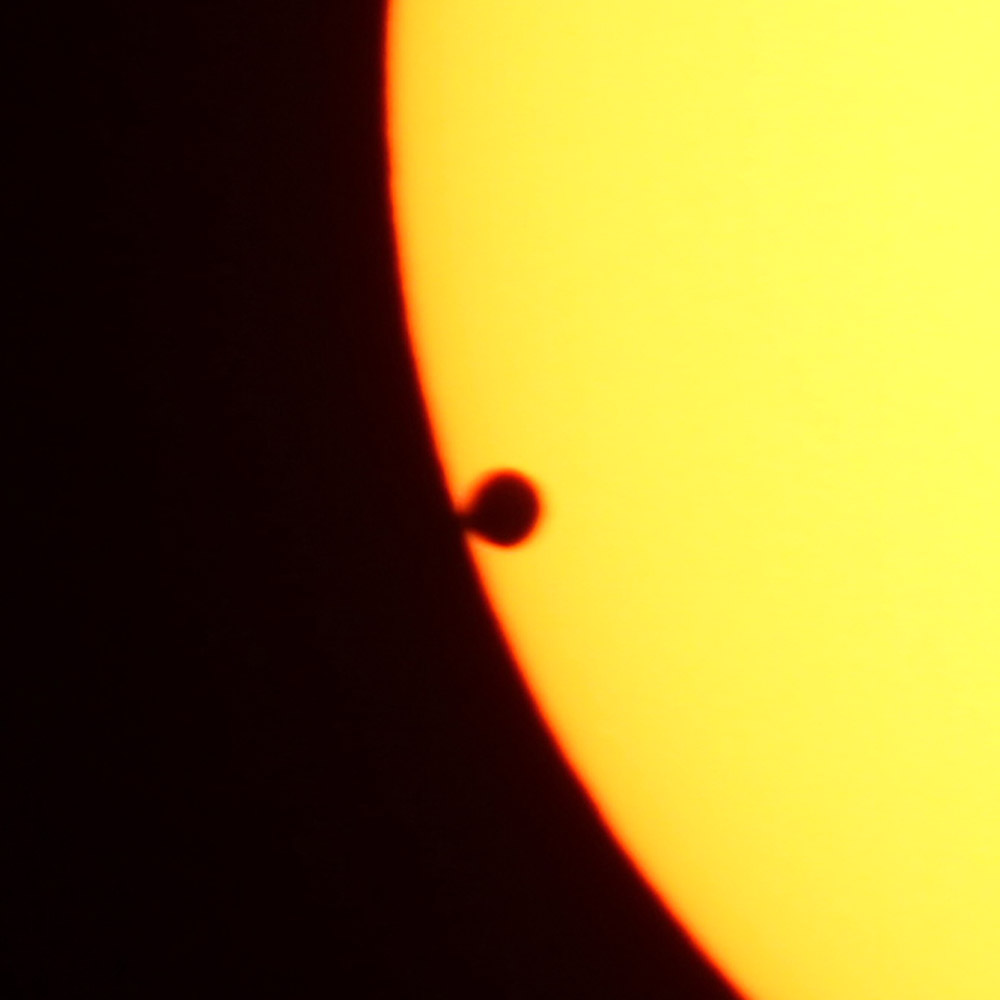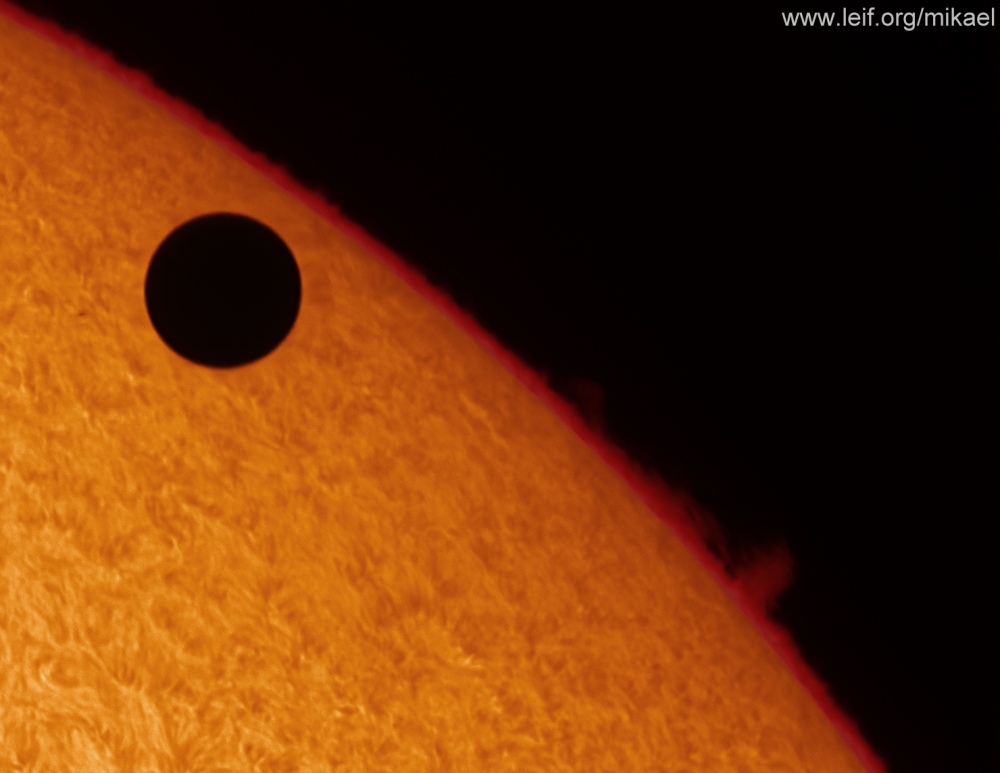

To make matters even worse, at inferior conjunction, Mercury is closer to us and the perceived angle above and below the ecliptic is even greater.Ĭlick the picture above for a QuickTime animation (328k) showing Mercury's movements as seen by us on our moving earth. From our point of view therefore, the great majority of the time Mercury passes above or below the sun when it is at inferior conjunction. Mercury orbits in a plane that is tilted 7 degrees to our orbit. Most of the planets orbit in pretty much the same plane, but not exactly. As the earth orbits the sun it defines a plane we call the

The explanation is not too difficult to visualize. You might wonder why this is so if we find Mercury at inferior conjunction about every 116 days. Transit of Mercury visible in the United States happened more than 25 years ago. The time from one alignment to the next (inferior conjunction to the next inferior conjunction, for instance) is called the Just to give you a little vocabulary, the time it takes the planet to go once around the sun (360°) is called its The time from one inferior conjunction to the next inferior conjunction is therefore 116 days. Since we view this from the moving earth, it takes a little extra time (28 days!) for Mercury to catch up with us so it can be at inferior conjunction again. Mercury moves one complete revolution around the sun every 88 days. If they are on the far side of the sun (but seen in the same area of the sky), we call that a When Mercury or Venus passes between us and the sun, we call that event an Both Mercury and Venus can appear on the far side too, but no transit will occur in that case. Although the outer planets (Mars through Pluto) can be seen in the same direction as the sun, they are always on the far side as seen by us. Obviously, only the planets Mercury and Venus can ever do this because those are the only planets with orbits smaller than the earth's, and hence the only planets that can get between us and the sun. At that time we see a small black disk crawl across the face of our star. A transit occurs whenever a planet comes between the the earth and the


 0 kommentar(er)
0 kommentar(er)
